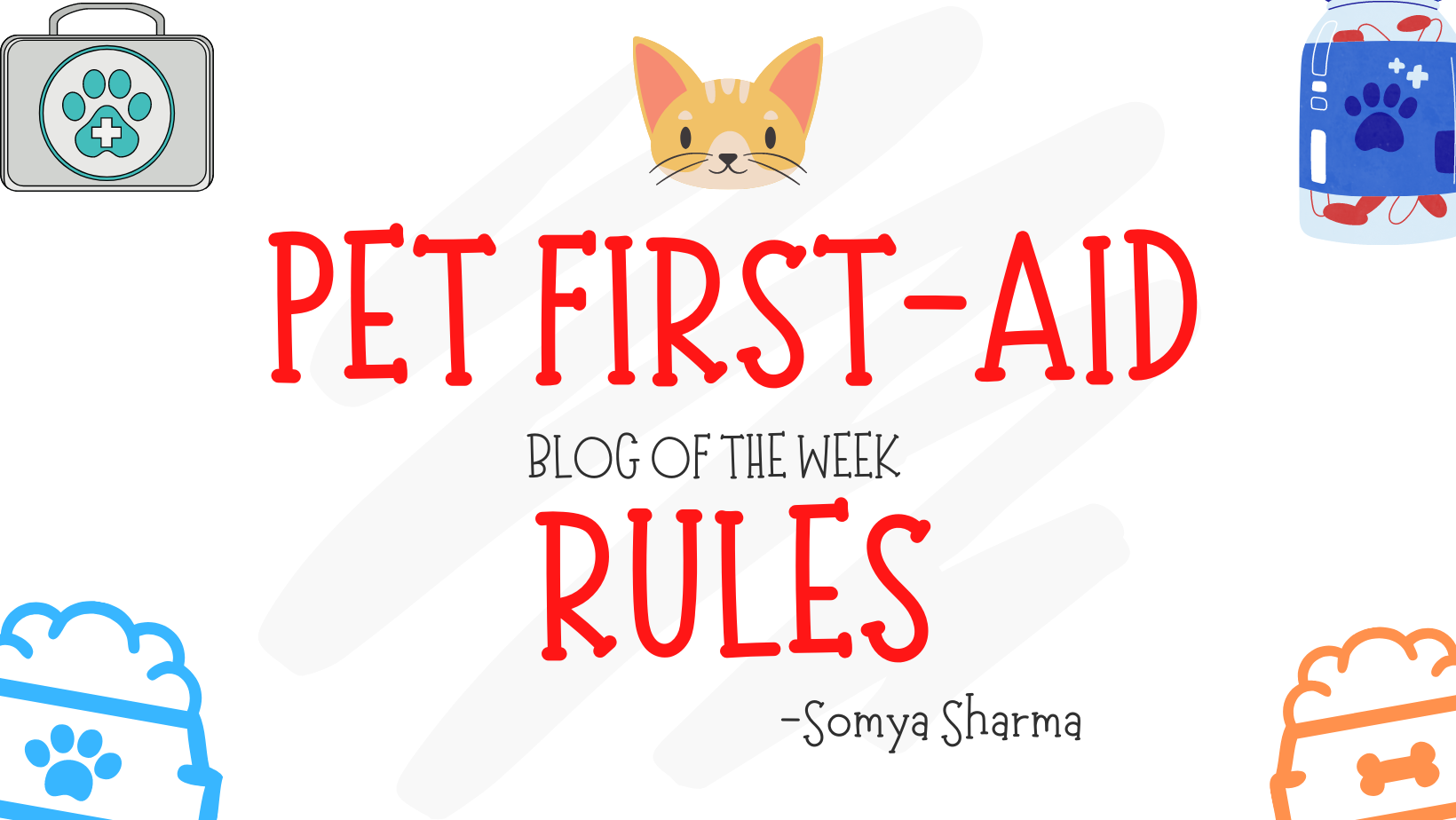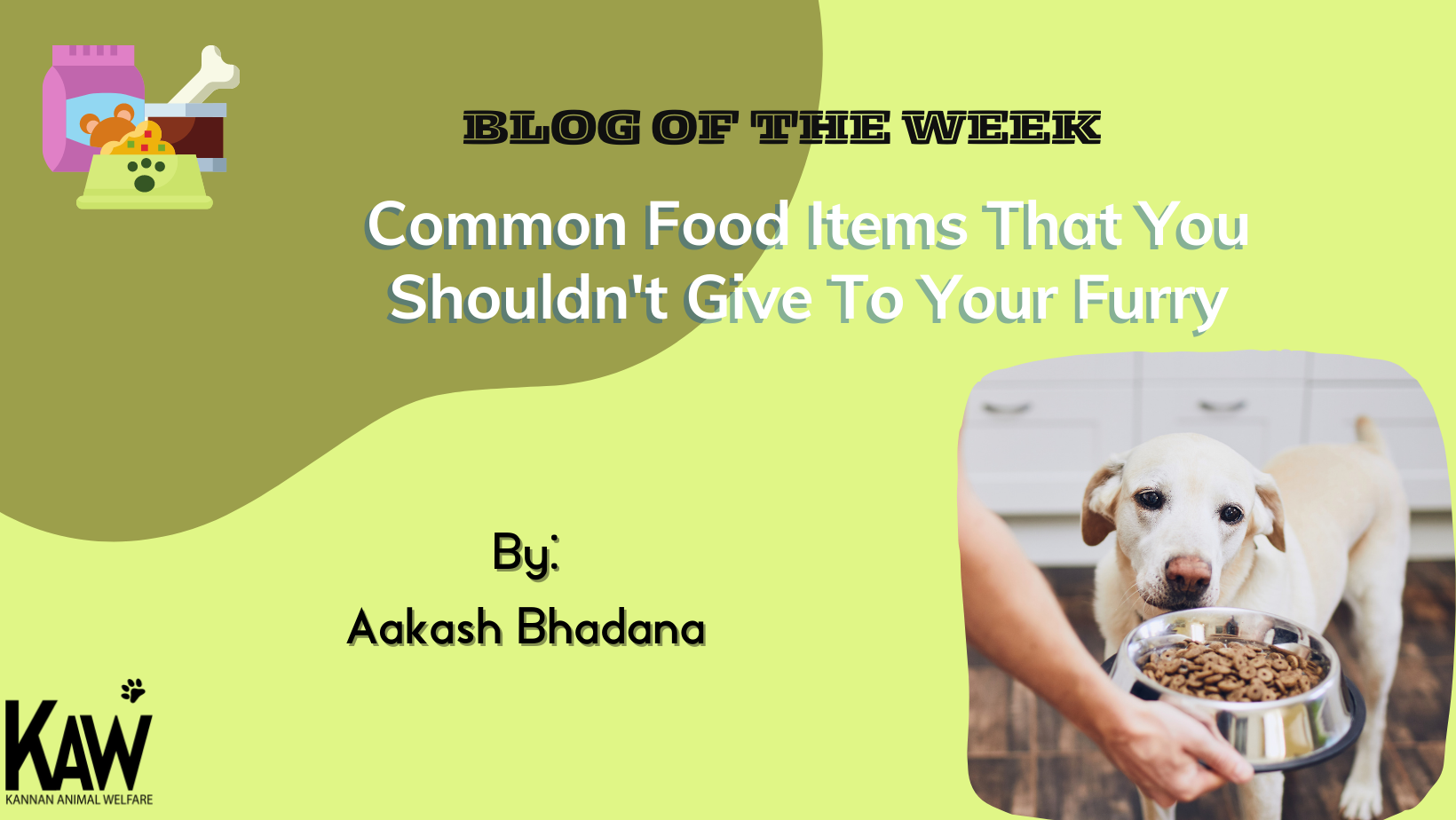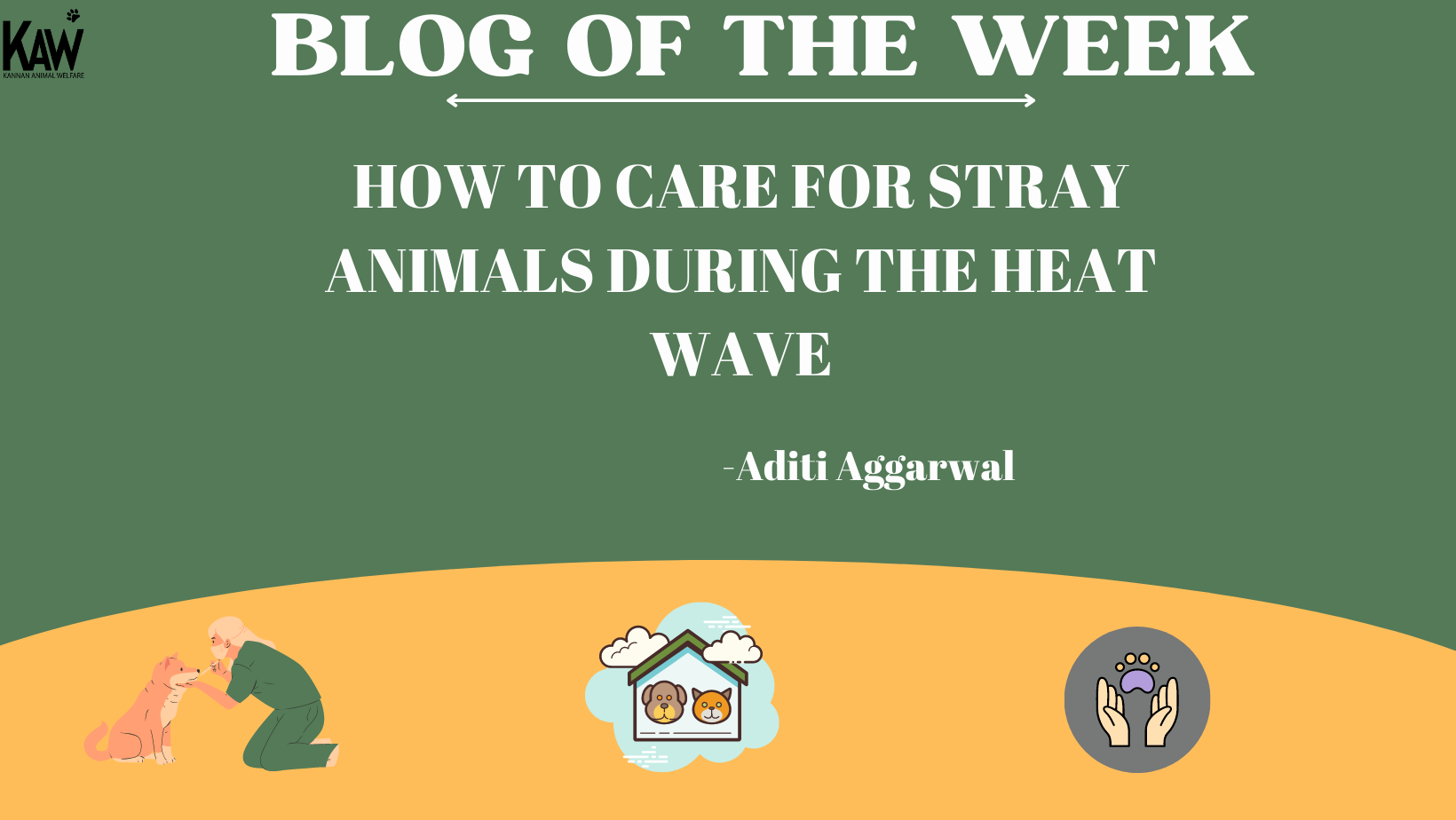PET FIRST-AID RULES
A pet parent understands the importance of maintaining a bond with their pet. They are like family members; in fact, they are the family. They take care of our everyday stress, reduce our anxiety and provide us with our best time when we are not feeling well, and here the question arises.
WHAT ABOUT THEIR HEALTH? They cannot speak and can't let us know about their well-being. Hence, it is our responsibility to keep them on the safer side.
But if there comes any mishappening, one must be aware of their first aid rules.
First aid for animals differs from humans', and lack of knowledge can sometimes lead to disastrous results even if you had good intentions. One should never forget that first aid is not a substitute for a doctor.
If you help your pet with the first aid, you are not done yet; you must see him to a doctor.
Pet First Aid Guide
Here's what to do in the most common pet emergencies.
What should a kit contain:
- Gauze
- Non-Stick Bandages
- Adhesive Tape
- Cotton Balls
- Hydrogen peroxide
- Antibiotic spray
- Milk of Magnesia
- Digital Thermometer
- Medicine Pillbox
- Scissors
- Tweezers
- Magnifying Glass
- Syringes
- Flashlight
- Towel
- Soft Muzzle
BLEEDING
Bleeding of your pet can be internal or external. External bleeding is easily visible and often comes from wounds in the skin. However, internal bleeding is difficult to detect and requires a trained veterinarian to diagnose appropriately.
CONSEQUENCES OF CONTINUOUS BLEEDING :
- Heavy blood loss in a short amount of time can lead to a shock.
- Pet in shock face increased heart rate and low blood pressure.
- If left untreated, organs may stop working and suffer permanent damage.
STEPS TO FOLLOW DURING EXTERNAL BLEEDING:
Direct Pressure
Place gauze or clean cloth directly on the wound to deal with external bleeding. Apply gentle pressure and let the blood clot. If blood soaks through the cloth, you can change the fabric or apply a new cloth over it. Remember that you have to be gentle and press continuously in the procedure.
Elevation
If the wound is on foot or leg and there is no broken bone, elevate the leg above the heart level. This results in lowering blood pressure across the wound area and helps to stop bleeding.
STEPS TO FOLLOW DURING INTERNAL BLEEDING:
As soon as you diagnose internal bleeding, you should take help from the vet because there is no such first aid for internal bleeding. Using any medicine without diagnosing the reason for bleeding may lead to hazardous results.
Signs that your pet is bleeding internally are:
- Cold legs, ears, or tail
- Having difficulty in breathing
- Painful belly when touched
- Coughing up blood
BITES
- First and foremost, do not ever try to be involved in an animal fight with any intention because there are high chances that they will bite you out of anger or feel threatened.
- Try to make a loud noise or pour cold water on animals as far away as possible.
- After separation, first of all, try to make your pet feel safe and then check the wound.
- If you find any wound follow the steps of the bleeding section.
- Do not forget to make your dog see a VET.
BURNS
- In case of Chemical burn, do not try anything from your side and ask VET for help.
- Rinse the wound with cold water and ignore ice or ice water in a typical burn.
- Do not apply any cream or ointment until prescribed by the doctor.
- While attending the burn, use a blanket to keep your pet warm.
IMPALING
- If your pet gets impaled for any reason, don't try to remove your pet or the object because it can lead to heavy bleeding.
- If removal is necessary, you must be prepared with solutions for heavy bleeding.
- Take them to the nearest vet for emergency treatment.
STINGS
- Remove the sting with tweezers.
- Take care that the whole sting comes out.
- Clean the wound with antiseptic.
- Monitor the area for a few days, and if you see any redness, swelling, or hotness in the area, it can be a sign of infection, and you should immediately see to a VET.
CHOKING
If your pet is choking, keep an eye on them. In most cases, they will cough something up.
And return to normal. Audible choking is the sign that the pet is still breathing.
If the pet stops breathing, then you should follow the below steps.
- Open the animal's mouth and sweep your finger inside to remove any object.
- Please don't push your fingers down their throat to grab something, and it may get pushed further.
- Using tweezers may be helpful.
- Perform the Heimlich manoeuvre on your pet if you feel you can
First aid can help you save your pet from significant consequences, and your little awareness can help your pet live a healthy and long life. Pets are a precious part of our lives, and we should take care of them in the same manner, they do for us.
You should keep a big heart and take care of your street dogs and help any injured animals you find anywhere. You can also feed them whenever possible. This will also give you a satisfying vibe while fulfilling their hunger.






